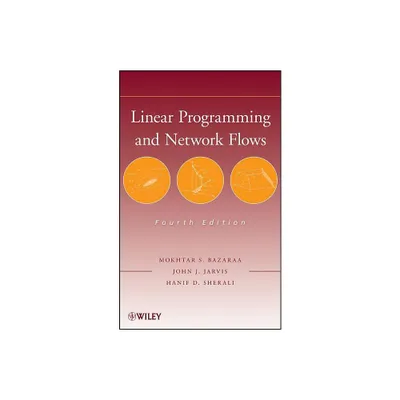Home
Programming in Networks and Graphs: On the Combinatorial Background and Near-Equivalence of Network Flow and Matching Algorithms
Loading Inventory...
Barnes and Noble
Programming in Networks and Graphs: On the Combinatorial Background and Near-Equivalence of Network Flow and Matching Algorithms
Current price: $54.99


Barnes and Noble
Programming in Networks and Graphs: On the Combinatorial Background and Near-Equivalence of Network Flow and Matching Algorithms
Current price: $54.99
Loading Inventory...
Size: OS
*Product Information may vary - to confirm product availability, pricing, and additional information please contact Barnes and Noble
Network flow and matching are often treated separately in the literature and for each class a variety of different algorithms has been developed. These algorithms are usually classified as primal, dual, primal-dual etc. The question the author addresses in this work is that of the existence of a common combinatorial principle which might be inherent in all those apparently different approaches. It is shown that all common network flow and matching algorithms implicitly follow the so-called shortest augmenting path. This can be interpreted as a greedy-like decision rule where the optimal solution is built up through a sequence of local optimal solutions. The efficiency of this approach is realized by combining this myopic decision rule with an anticipant organization. The approach of this work is organized as follows. For several standard flow and matching problems the common solution procedures are first reviewed. It is then shown that they all reduce to a common basic principle, that is, they all perform the same computational steps if certain conditions are set properly and ties are broken according to a common rule. Recognizing this near-equivalence of all commonly used algorithms the question of the best method has to be modified - all methods are (only) different implementations of the same algorithm obtained by different views of the problem.


















